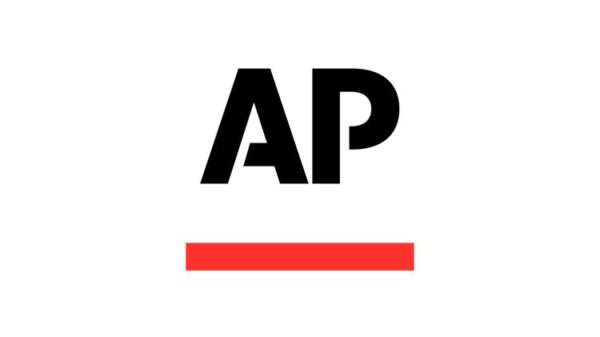In the current financial landscape, organizations face significant challenges in securing funding effectively. The ability to navigate the timing of fundraising efforts has never been more crucial. As startups, non-profits, and established entities strive to attract investment, understanding the intricate dynamics of market cycles, seasonal trends, and investor sentiment becomes essential.
Understanding Market Cycles
The foundation of effective fundraising lies in comprehending broader financial market cycles. Economic indicators such as interest rates, inflation, and employment statistics shape investor behavior. For example, during periods of low interest rates, investors may exhibit a greater willingness to engage in riskier ventures, including startups. In contrast, economic downturns often lead to a more cautious approach, resulting in diminished funding opportunities.
Organizations must also pay attention to sector-specific cycles. Industries such as technology, healthcare, and renewable energy experience fluctuations based on innovations and regulatory changes. Aligning fundraising efforts with these cycles can significantly enhance the likelihood of success.
Seasonal Trends and Investor Sentiment
Seasonality is another critical element influencing fundraising timing. The end of the calendar year typically sees an increase in charitable giving, particularly among non-profits, as individuals and corporations finalize their fiscal budgets. For startups, the first quarter often presents favorable conditions for seeking funding, as investors are more inclined to allocate their annual budgets.
Investor sentiment plays a vital role in determining the success of fundraising campaigns. The mood among investors can shift dramatically in response to global events, government policies, and technological advancements. For instance, during the COVID-19 pandemic, many investors gravitated towards safer investments, leading to a decline in risk tolerance for startups.
To gauge current investor sentiment accurately, organizations are encouraged to conduct thorough market research and cultivate relationships with potential investors. Open communication with stakeholders provides insights into their risk appetites and investment priorities, enabling organizations to time their fundraising campaigns effectively.
Enhancing Brand Visibility and Leveraging Technology
Successful fundraising is not solely dependent on external market conditions; an organization’s readiness is equally important. A well-timed fundraising initiative can falter if the organization lacks visibility or credibility. In today’s digital world, establishing a strong online presence through consistent storytelling and audience engagement is vital.
Before initiating a fundraising campaign, invest time in crafting a compelling brand narrative. Utilizing social media and content marketing can generate excitement and support ahead of the fundraising round. The goal is to foster a community that is not only interested in the organization’s mission but also ready to contribute when the time arrives.
Technology and data analytics further enhance fundraising timing. Tools such as customer relationship management (CRM) systems enable organizations to track interactions and relationships with potential investors. Additionally, donor management systems can segment audiences to facilitate targeted communications based on giving behavior.
Analyzing donor behavior and market trends using big data can reveal optimal outreach times and emerging investment opportunities, providing organizations with the insights needed to refine their fundraising strategies.
Staying Flexible in a Dynamic Environment
While having a structured approach to fundraising is imperative, flexibility remains a key factor in today’s rapidly changing economic environment. Organizations should be prepared to adapt their plans based on real-time data and feedback. This adaptability could involve focusing on different funding sources or adjusting messaging to align with current market conditions.
In summary, mastering fundraising timing in today’s financial landscape requires a strategic approach that incorporates an understanding of market cycles, seasonal trends, investor sentiment, brand visibility, and technological advancements. By recognizing the complexities of the fundraising environment, organizations can better position themselves for success.
Ultimately, the capacity to navigate these challenges with agility not only enhances fundraising efforts but also strengthens relationships with investors and supporters. As organizations continue to innovate, effective timing will remain a pivotal factor in securing the financial support necessary to achieve their missions and goals.





































































